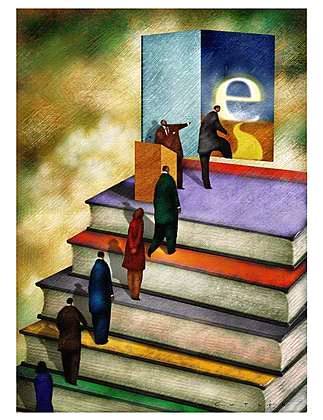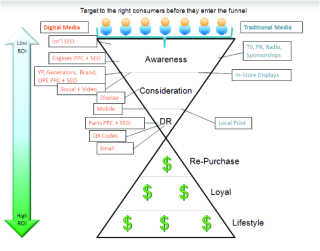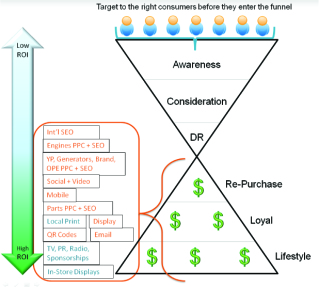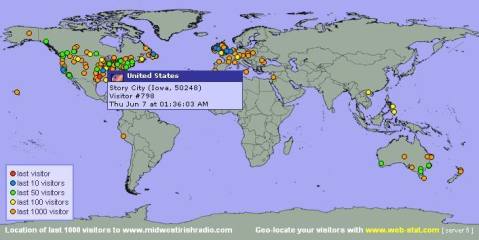Posts Tagged ‘Planning’
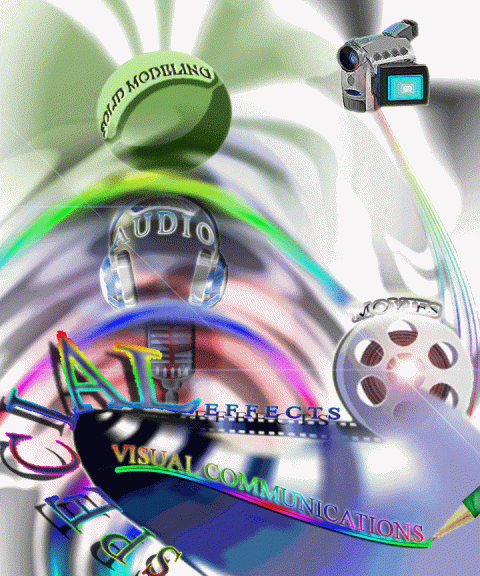
Does your company use Interactive Electronic Technical Manuals (IETM)? These documents offer users a multimedia and multi-platform experience.
Around 1980, some companies and organizations, notably the aerospace industry and the branches of the U.S. military, began to re-think how they presented technical information. Their products were complex, and their maintenance, troubleshooting and product-support requirements were stringent and time-consuming.
They knew they needed to improve performance, reduce errors, and shorten learning timelines. But how?
As it happened, they looked at emerging computer technologies and wondered if moving from paper to an electronic format would improve results. Among their questions:
- Would users find it easier to learn and use the material?
- Would they reduce errors and improve performance?
- Could they integrate documentation with other systems?
- Could they save money?
Tests with interactive electronic formats showed positive results and so, encouraged, the companies and the military forged ahead into the world of Interactive Electronic Technical Manuals (IETM).
Since that time, we have seen IETM systems develop a variety of features, with most using one or more of the following:
Linear Structure. This sort of electronic document is based on the structure and layout of a printed book and uses navigational aids, such as a table of contents and a list of figures, that hyperlink into the content. A PDF file is a good example.
Nonlinear Structure. These online documents are organized around the logic of the product or task, for example, instead of following a linear book-type structure. However, the concept of a static page remains. As you would expect, there are lots of hyperlinks and other navigational aids. This type of document is often authored in a markup language.
Dynamic Data. These online documents are very nonlinear in structure. Content and pages are dynamic, drawing much of their data from relational databases and data dictionaries. Background programming automatically updates the dynamic data when the databases and dictionaries are updated. Hyperlinking in these documents is typically very complex and is, therefore, usually handled by programming. Content may also be context-specific and user-specific.
Integrated with Expert Systems. As companies build databases of heuristics and expert feedback, these can be integrated with the IETM system to improve the user experience and results. This information can be dynamically mapped into documents in all sorts of ways. For example, feedback by expert troubleshooters about errors and how to resolve them is sought after by companies across the product and process spectrum.
New Frontier—Multiple Devices. Many companies are now changing the way they and their customers think about IETM. From design concept to reality, they are experimenting with unleashing product support through all sorts of channels, for example: Mobile devices such as tablets and phones, YouTube, Facebook, Twitter, websites, CDs, PDF, print, wikis, and blogs.
The new frontier of IETM seems to call for a “basket” of delivery platforms, each carefully selected for a certain type of content.
And no matter the platform, content rules. As ever.
Content must be organized in a way that suits the product, the audience, and its intended use. Content must be consistent across multiple platforms, well structured, properly modularized, cross-referenced and completely accessible by a full range of search and navigational features.
IETMs and their spin-offs present design, writing and production challenges, but produce a better user experience and greater performance improvements over stand-alone paper documents.
For more on creating an interactive user experience, see my recent post Let Your Customers Tweet in Your Documents.
Now it’s your turn: Does your company use IETMs? On which delivery platforms? How would you describe your experience implementing IETMs? Do you think the results are worth it? Please share your thoughts and questions about IETMs in comments. Elizabeth Lexleigh LexPower The Write Ideas
